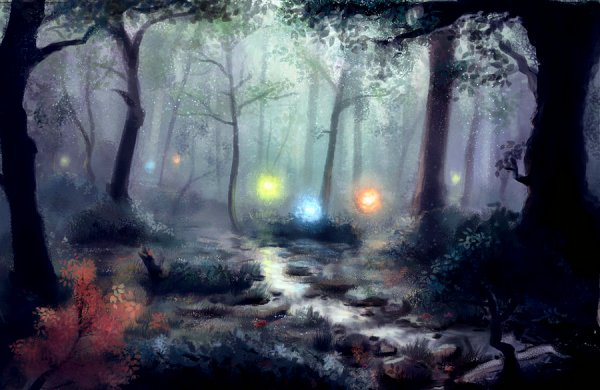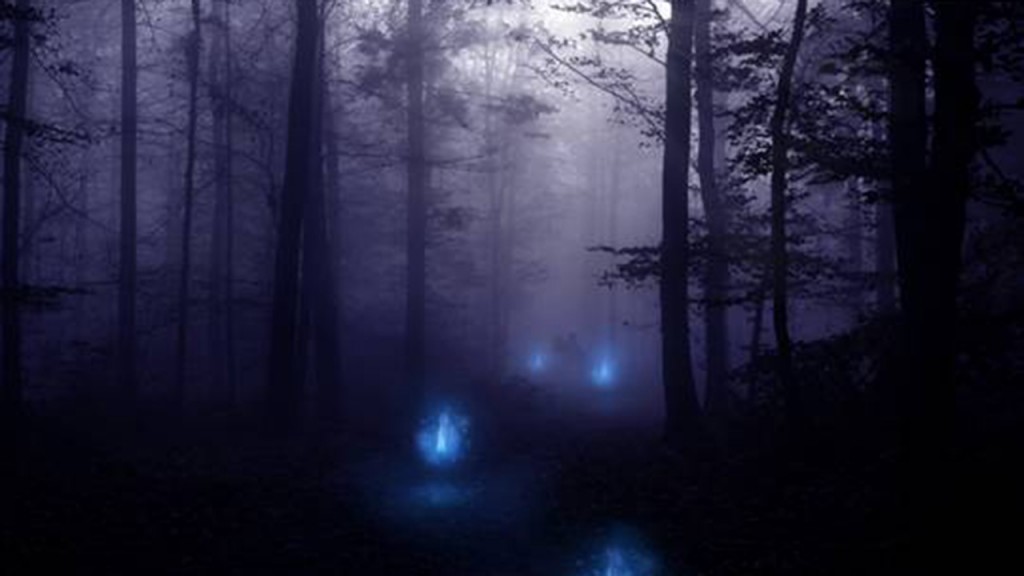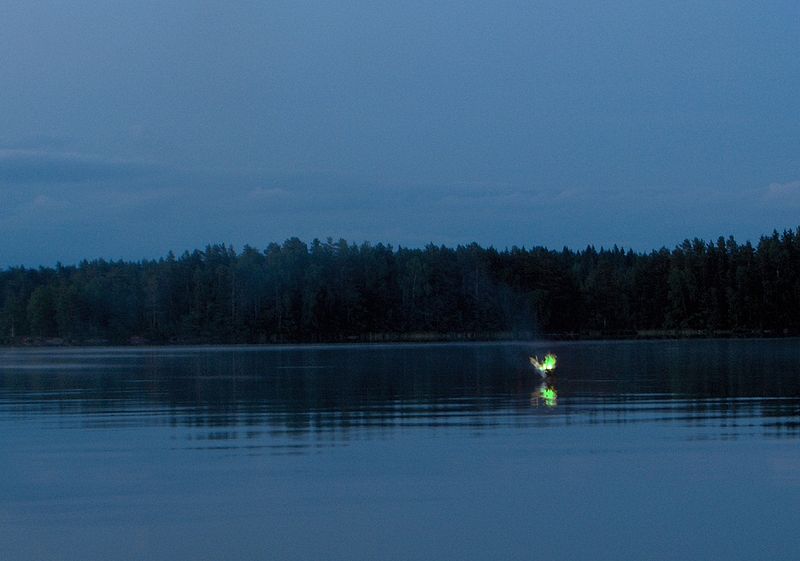|
The UFO Files Ghost Lights |
|
|
..
Aleya Ghost Lights
For centuries humans, it is reported,
have been scared of spirits or unexplained paranormal forces.
Once in a while, there are reports on haunted houses or places, where
human activities are minimal. So, there is no dearth of strange stories
about numerous adventurous people who visit well-known haunted, spooky
places to observe the strange objects, some scary sounds or noises,
surprisingly without giving room to fear, etc. Some made serious
attempts to go into the root causes of such strange phenomenons. They
daringly carry out such investigation in the dead of night during which
time, it is believed by people paranormal activities are high. So
far no clear cut answer is available. People are at a loss to know, they
are real or just figment of our imagination that plays games with our
mind. However, there are certain strange, scary things happening around
us that can be explained fairly in a scientific way.
Ghost lights are unexplained glowing lights of various colors reported typically by local fishermen in the marshes of West Bengal, India and also in Bangladesh. Indeed, as in many parts of the world, such strange lights with beautiful glow occur during nights only. In the marshes and swamps of Bengal, the incidence of display of shimmering colorful lights in the distance is frequent. If somebody were to witness them for the first time, indeed a spine-chilling experience in the dead of night, he would just freeze or just stand there with his tongue tied out of fear. Some fishermen died upon seeing the moving lights as a result of shock and extreme fear of facing something horrible.  Aleya Ghost Lights' in the marshes of West Bengal, India. Credit: www.boydom.com
Frequently referred to as ''Aleya lights''
for decades, the fishermen from the fishing communities were
reported to have lost their bearing and died by drowning. Local
communities in the region believe that such eerie nightly hovering
lights may be apparitions or the the ghosts of the dead fishermen from
their watery graves. Strangely, many of the nightly ghost lights reported from various parts of the world, are commonly associated with marshes, swamps or bog lands. These nightly fire sightings are also known as ''will-o-the wisp'' or ''jack-o-lantern''. In Britain will-o-the-wisps are supposedly the sentinels of treasure, much like the Irish Leprechaun leading those brave enough to follow them to sure riches. There are reports of people in the wooded areas of Britain getting lost their ways by perusing such lights. 'Pixy lights' from Devon and Cornwall in the bog lands are associated with "lambent light" which the "Old Norse" might have seen guarding their tombs. The will-o-the wisp has variant forms in the USA. Ireland, Scotland, England, Wales, Appalachia, and Newfoundland, etc. The are a few explanations for such phenomenon. The Italian scientist A.Volta, the discoverer of Methane gas, believed such lights are often reported to occur only in swamps and marshes and the main reason for the glowing nightly lights is ionization of methane. The source for the production of methane is decaying organic matter that is available in plenty in the water-logged swampy or bog lands. Gases such as phosphine, diphosphane and methane are products of decaying organic matter and tend to oxidize upon contact with oxygen. After ionization, the molecules of these gases cause packets of light - photon. The color variation is due to different gas and wavelengths.The duration of lights depends on the amount of methane in the swamps' decaying organic matter. One earth scientist attributes the lights to piezoelectric, property in quartz, silicon, or arsenic that may also produce sparks of electricity during some geologic faulting and associated frictions of two moving blocks of rocks on opposite sides.The sparks might ignite the available methane in that area. These instances are rare and may occur in only in tectonic regions. SOURCE: navrangindia.blogspot.com |
|
|
References
|
|
| FAIR USE NOTICE: This page contains copyrighted material the use of which has not been specifically authorized by the copyright owner. Pegasus Research Consortium distributes this material without profit to those who have expressed a prior interest in receiving the included information for research and educational purposes. We believe this constitutes a fair use of any such copyrighted material as provided for in 17 U.S.C § 107. If you wish to use copyrighted material from this site for purposes of your own that go beyond fair use, you must obtain permission from the copyright owner. | |
|
|



